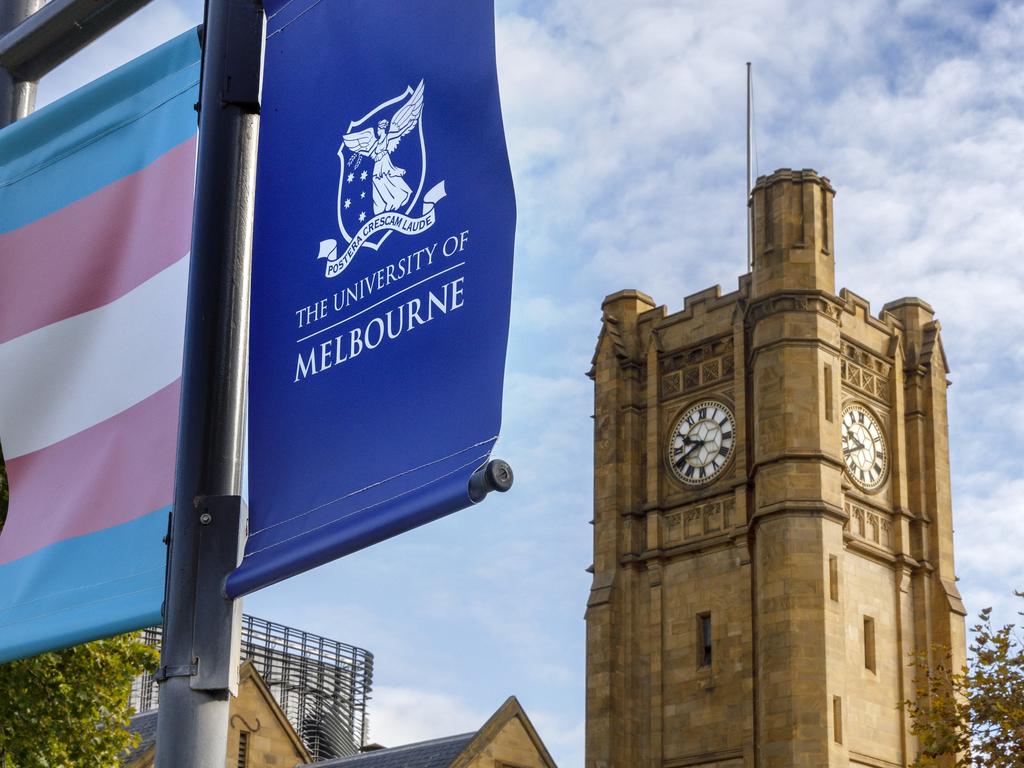To improve uni student experience, refund HECS fees

After all, students gave their own verdict in the 2022 Student Experience Survey released this week and 25 per cent of undergraduates were not positive about their overall educational experience and only 46 per cent had a sense of belonging to their institution. Moreover, the higher the ranking of the university, the less satisfied the students tended to be, with our top ranked universities coming in among the lowest.
So what is going on?
In short, the global rankings are based on research, while the student satisfaction surveys are based on student learning and their broader experience. We punch well above our weight on the first and this disguises the second, where we can do better.
The challenge is significant. When I was education minister, I had students or parents almost daily tell me of poor practices: of few contact hours when they were promised more; of Zoom tutorials where no one had their cameras on; of three-year-old lectures being used as online learning.
Of course this is not the norm. You tend to hear the gripes rather than the excellence. There is outstanding practice in every university. But clearly there is room for improvement. We should at least match our Canadian and US counterparts, where students rate their experience higher.
University leaders aren’t blind to the challenges, but their strongest incentives are for volume of students (particularly international ones), not quality of the student experience.
This has led to our public universities now being among the largest in the world, with a constant push to be bigger again and some considering mergers (despite the negative correlation between size and student satisfaction).
The global rankings are the driver of this behaviour.
The rankings provide prestige for a university that helps attract top academics, Australia’s best students and, critically, international students.
So how does a university move up the global rankings? By undertaking more research and publishing more papers, particularly in the top journals. And that requires money, which is where students come in, particularly international ones, who provide high margins.
More international students leads to more publications, which leads to a higher ranking, which leads to more international students who are attracted by the rankings. It becomes circular.
Domestic students are similar. The margins aren’t as great, but 27,000 domestic students (the Australian university average) still supports a lot of research.
During the past 20 years, the annual number of papers published by universities has gone from 23,000 to more than 100,000.
So, where does quality teaching and the student experience come into play? Important but not as high.
There is simply no ongoing weekly incentive for universities to constantly improve their teaching and learning experience. There is nothing remotely like what a company would do in understanding their customers and stakeholders and constantly making incremental changes.
The result is that we can get great courses, and this remains the standard in our universities, but there are also courses that don’t deliver on what was promised.
Many university leaders told me the answer to this conundrum was to fully fund university research, so no cross-subsidies from students were required.
This would help on the margins, but the key change required is to change the incentives so lecturers and university leaders put more focus on the teaching and learning side of the equation.
To start, there should be a mechanism for students to get a refund on their HECS fees for substandard quality. A new body would need to be established to adjudicate on this, such as a university ombudsman.
Having this in place would create a significant incentive, even if no adverse decisions were made, given the reputational impact that would come from having to refund students.
Those three-year-old lectures would be updated immediately.
Second, more government funding should be tied to course quality and student experience. It needs to be sufficient to change behaviour.
Inside the universities, academics need to be rewarded and given tenure based on quality teaching, not just papers published. This occurs at some US universities and should occur here.
These ideas and others should be central to federal Education Minister Jason Clare’s University Accord process.
In government, the Coalition introduced policies to make research more relevant to Australia’s needs, and incentives for students to study in areas of skills shortage.
Now we need stronger incentives to encourage higher course quality and a better student experience.
Only then will the teaching and the student experience be as world class as our research.
Alan Tudge was education minister from 2020 to 2022.







While Australians rightly will have pride that three of our universities jumped into the top 20 in this week’s QS World University Rankings (with several others in the top 100), many students will be scratching their heads. Others will seethe with anger.